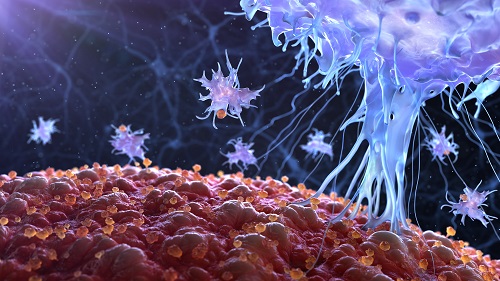November 7, 2019 (Drugs.com)
Only two-thirds of lung cancer patients in the United States get the minimal recommended treatment, a new study finds.
And race and age appear to play a role in who gets the best care, the researchers said.
Black patients were only 78% as likely to receive the minimum care, compared with white patients, the findings showed. Meanwhile, those aged 80 and older were only 12% as likely to receive the minimum treatment, compared with those under 50.
“While these findings are very concerning, it has always been easier to identify disparities in care than it has been to understand why they persist,” said study co-author Dr. Douglas Arenberg, a pulmonologist at the University of Michigan.
“There may be good reasons why less-intensive treatment is in fact medically appropriate,” he said in an American Thoracic Society news release.
The findings are based on a review of nearly 442,000 lung cancer cases diagnosed between 2010 and 2014 in the U.S. National Cancer Database.
The researchers found that 62% of all the patients received treatment according to the guidelines, and nearly 22% received no treatment. The rest received treatment that was less intensive than recommended.
Patients with advanced non-small cell lung cancer were the least likely to get treatment that complied with the guidelines, the investigators found.
Treatment for lung cancer includes surgery, chemotherapy and radiation therapy. Depending on the type of lung cancer and its stage, the guidelines may recommend combinations of these therapies, the study authors explained. Treatment can extend both life and the quality of life.
The first step to ensure that everyone with lung cancer gets the best care is to identify those at risk for not getting that care, the researchers added.
The report was published online Nov. 1 in the Annals of the American Thoracic Society.
More information
For more on lung cancer, head to the American Cancer Society.















Leave a Reply